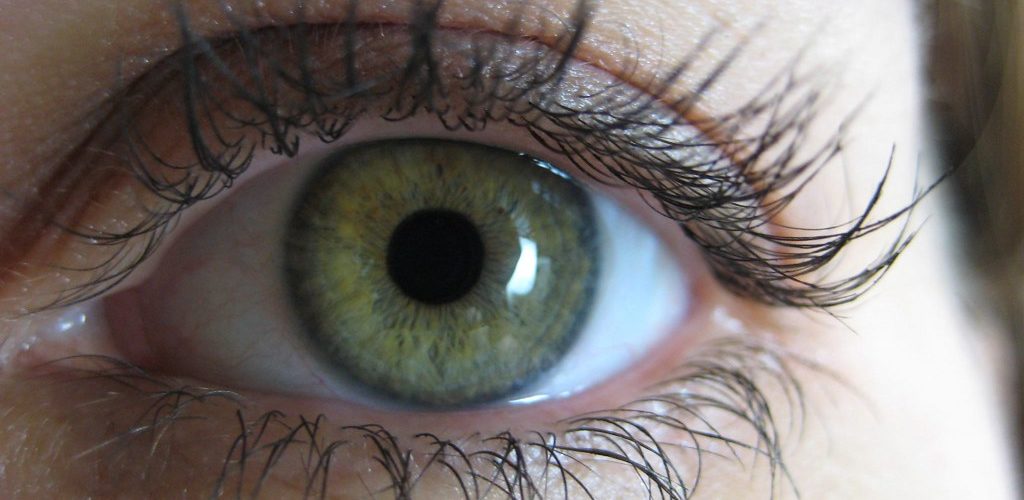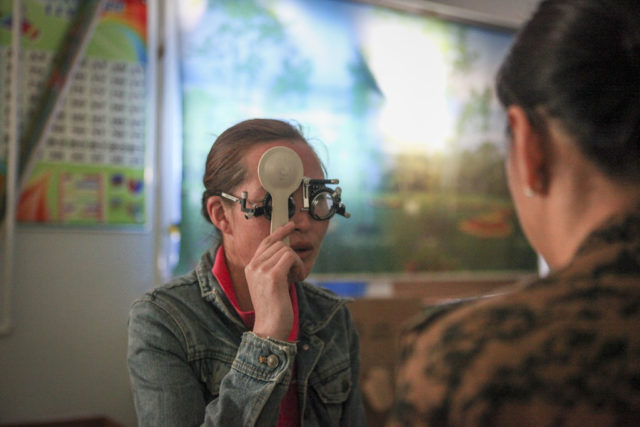A Vision of Health: How Your Eye Test Can Save Your Life

The global pandemic completely changed our daily lives and shifted what we focus on, so if a regular eye test is not on your current list of priorities then that is to be expected. What isn’t clear, however, is why eye tests weren’t a priority for many to begin with. Although the NHS currently recommends taking an eye test at least every two years, data from 2018 showed that over a quarter of the British public does not consider it a priority, with a further 10% having never attended an eye test1.
This ambivalence towards eye care suggests a lack of knowledge around the key role it can play, not just in the protection of your vision but also your general health. The importance of eye care lies not just in the ability to diagnose this wide range of conditions, but in the potential to do so as early as possible. Early-stage detection and treatment can make a significant difference to patient outcomes. That is why engaging the public on the importance of eye care is vital; sadly, due to patients delaying their eye test beyond the recommended two years, 26% of optometrists report that they have diagnosed a condition when it was too late for effective treatment.
The most common purpose of an eye test is to check the accuracy of vision and to prescribe vision aids, such as glasses, when necessary. However, eye tests can also detect any injury to the organ such as scratches on the external surface. The ability to image the full interior of the eyeball means examinations are a valuable non-invasive diagnostic tool regarding eye conditions such as glaucoma. Beyond that, visualisation of optical nerves and vessels offers early-stage detection of a number of general health conditions. Retina examination allows for the detection of capillary microaneurysms (a bulging of the small vessels in the retina) which is an early sign of diabetic retinopathy. Cholesterol can be visualised travelling through the blood vessels of the eye, a very early indication of cardiovascular disease. Inflammation of the optic nerve can be an early indication of autoimmune disorders such as Multiple Sclerosis or Lupus.
While it is understandable that eye tests are not a priority for many people right now, the pandemic’s influence on our general health may make the benefits of eye care more important than ever. Where the average working day last year would typically include commutes and in-person meetings that break up the day, many of us currently spend the greater part of our day sitting at a screen in our own homes, which can increase eye strain. Research also suggests that too much time spent exclusively indoors can negatively impact our eyesight2.

Image Source: U.S. Department of Defense Current Photos on Flickr (CC PDM 1.0)
Additionally, figures in the US suggest that cases of hypertension are increasing during the pandemic3 and skipping an eye test may mean missing the opportunity for early detection.
A large emphasis has been placed on the need to protect the finances of the NHS during the COVID-19 pandemic, so it is worth noting the indirect financial implications of delaying or outright avoiding regular eye care. Government figures estimate that over 5 million people in England alone have undiagnosed hypertension. Given that hypertension is a major risk factor for serious conditions such as stroke and heart failure, detecting cases of hypertension at an early and treatable point through eye tests could save the NHS an estimated £850 million4.
Protecting ourselves, our loved ones and the general public from COVID-19 is of the utmost importance. However, it cannot be done at the expense of our general health, and it doesn’t have to; the majority of opticians are open and taking appointments*. And as things return to normal, we must prioritise eye tests as a regular part of healthcare.
*Information is correct as of the time of publication and may change in individual areas due to the tier system.
This article was specialist edited by Anna Herd and copy-edited by Dzachary Zainudden
References
- http://www.optegra.com/wp-content/uploads/2020/06/vob20.pdf[/note
- https://www.nature.com/news/the-myopia-boom-1.17120?WT.mc_id=TWT_NatureNews
- https://www.mobihealthnews.com/news/covid-19-pandemic-leads-more-people-high-blood-pressure-research-suggests
- https://www.gov.uk/government/news/new-figures-show-high-blood-pressure-costs-nhs-billions-each-year










